
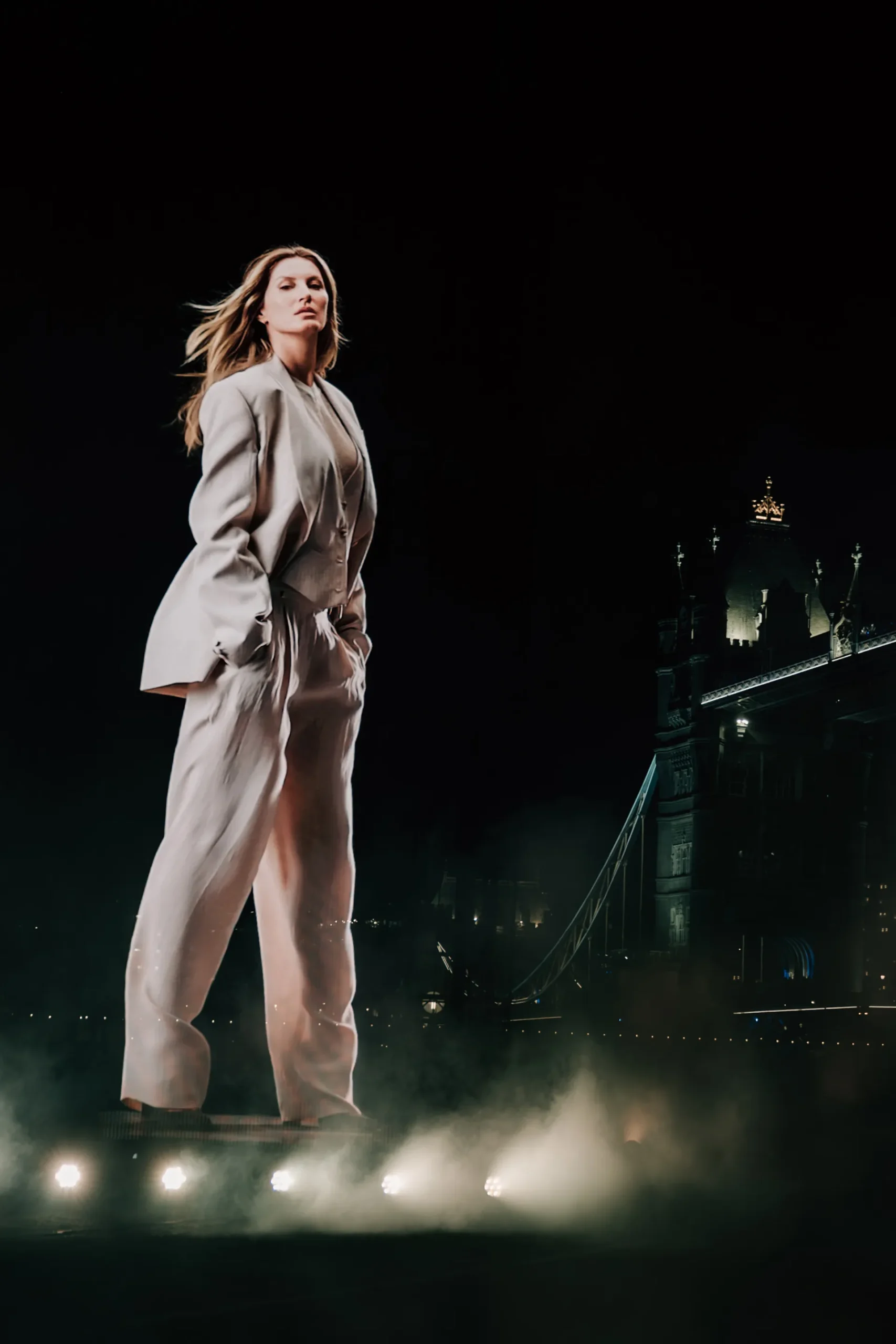
Imagine peering through a storefront window and finding a lifelike sneaker floating in mid-air, rotating as if suspended by magic. This is no sci-fi scene—it’s the captivating world of the holographic screen, a cutting-edge technology that seamlessly fuses digital content with physical space. In this richly detailed blog, we’ll explore how these screens work, why they’re becoming game-changers in retail and events, and what makes them more than just a visual trick. Get ready for a seamless journey through innovation.
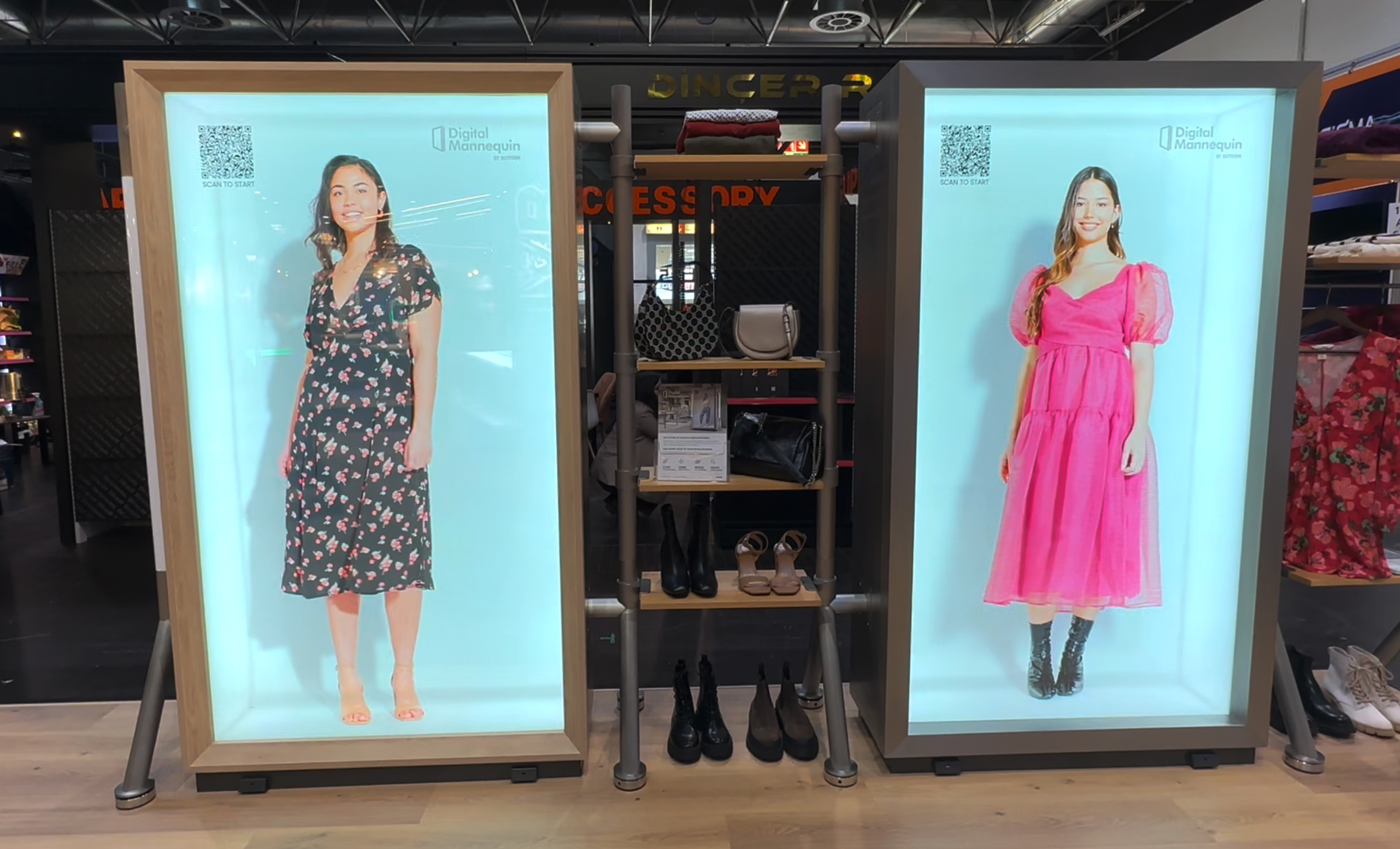
From luxury boutiques to high-profile event booths, holographic screens add an unexpected moment of wonder. They transform a typical digital signage for storefront window into an engaging focal point that invites curiosity. Instead of static posters or plain LCDs, visitors are drawn to moving, gorified 3D visuals that appear to hover in front of glass, encouraging interaction and boosting brand appeal. This isn’t about satire; it’s about leaving a memorable imprint—an emotional connection that traditional signage rarely achieves.
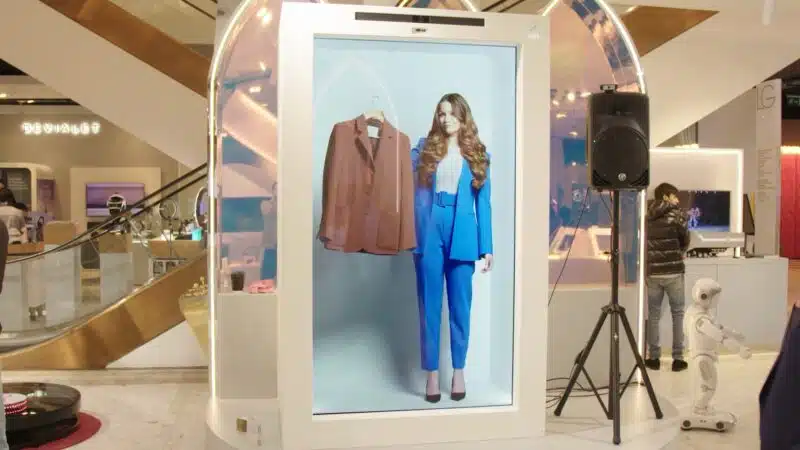
Holographic screens blend clever optics and projection methods. They use coated glass or film embedded with microlenses—like special lens arrays—that shape and guide light from hidden projectors. When light hits, it’s bundled and directed such that images appear to float just in front of or behind the transparent surface. Though often dubbed “holograms,” they’re actually two-dimensional images tricked into appearing volumetric by cleverly manipulating light.
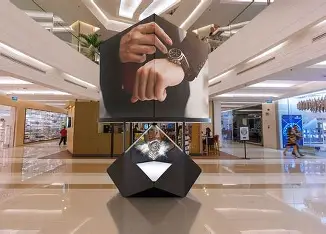
Some advanced setups layer multiple projections using lasers or spatial light modulators, creating light-field effects where depth shifts with perspective—akin to the true holography of sci-fi dreams. These can enable interactive experiences too, where touch or gestures trigger responses from the floating visuals.
Retail environments thrive on capturing attention and delivering an immersive brand story. By combining transparent surfaces with floating visuals, holographic screens excel as window display advertising screens and interactive transparent display tools.
For example, luxury watches or shoes can appear to levitate next to their physical counterparts, enhancing intrigue without obstructing the product display. Data from holographic campaigns show that this kind of retail window LED display can produce sales lifts of 40–60%, outpacing traditional signage formats. The appeal is amplified in busy malls, trade shows, and hotel lobbies—spaces built for experiential engagement.
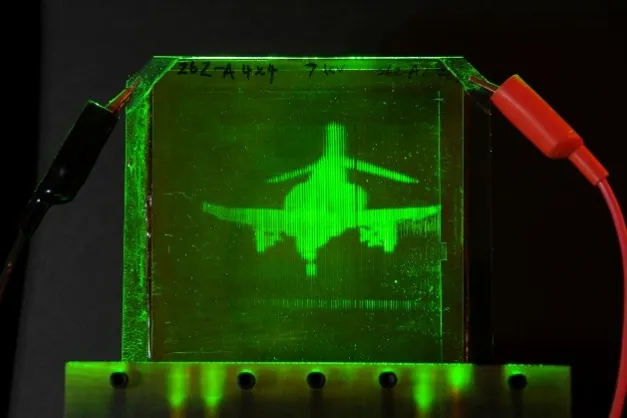
Beyond storefronts, holographic screens make stunning centerpieces at trade fairs, launch events, showrooms, and corporate lobbies. A transparent display booth featuring floating product visuals becomes a conversation starter, sparking passersby to linger, ask questions, and connect emotionally with the brand.
At events, larger-format transparent video wall installations can show product demos in mid-air, while leaving backgrounds and foot traffic unobstructed—an exceptional blend of presence and transparency. Many event organizers invest in rent transparent screen solutions, especially in innovation hubs like Los Angeles, to create changeable virtual displays that turn heads .
While impressive, most holographic screens mimic 3D rather than project it. They rely on carefully angled projections and lens coatings, preventing issues like vergence–accommodation conflicts. But full-depth images visible from all angles are still the realm of advanced research and cutting-edge deployments.
However, experiments at institutions like the University of Arizona hint at what’s next: real volumetric holograms refreshed quickly enough to support activities like collaborative telepresence and medical visualization. Research into nano-holograms and wearable holographic goggles suggests that future interactions could be even more immersive.
Investing in holographic ad screens isn’t just a tech statement—it’s a bold marketing move. These installations draw double the attention of conventional digital panels, driving high levels of interaction and even user-generated content. They make perfect sense for experience-driven retail, product launches, automotive showrooms, and luxury hospitality spaces .
Since they’re installed flush with glass, they also offer an elegant solution compared to the bulky screens of the past. Whether using leased units or permanent setups, brands are embracing this technology for its flexibility and visual impact.
Yes, holographic setups involve investment: projectors, coated glass, and custom optical design mean higher initial costs. Interactivity adds software and sensor integration. But for high-impact applications targeted at affluent or tech-savvy audiences, ROI is measurable—not just in increased sales but also in brand positioning and media attention .
Plus, rent transparent screen options make temporary installations feasible without long-term capital lock-in. For permanent installs, ongoing benefits in energy efficiency and engagement often pay back in months, not years.
For brands that thrive on experience, storytelling, and innovation, a holographic screen isn’t just eye candy—it’s a strategic asset. It creates emotional resonance, invites interaction, and sets your space apart in a visually crowded environment. Though still emerging, the ROI potential for holographic display screens in retail and event settings is high.
If you’re exploring cutting-edge signage—whether as a see-through advertising screen, digital screen behind glass, or luxury store digital signage—holographic tech offers a level of magic and memorability that few alternatives can match. And with upcoming breakthroughs, becoming an early adopter may yield even greater long-term gains.